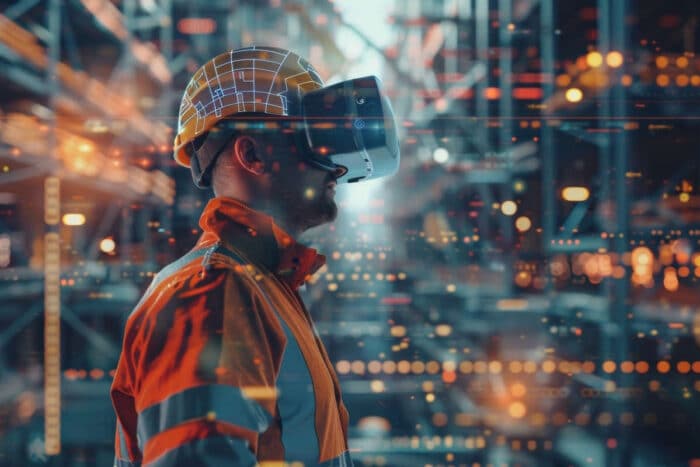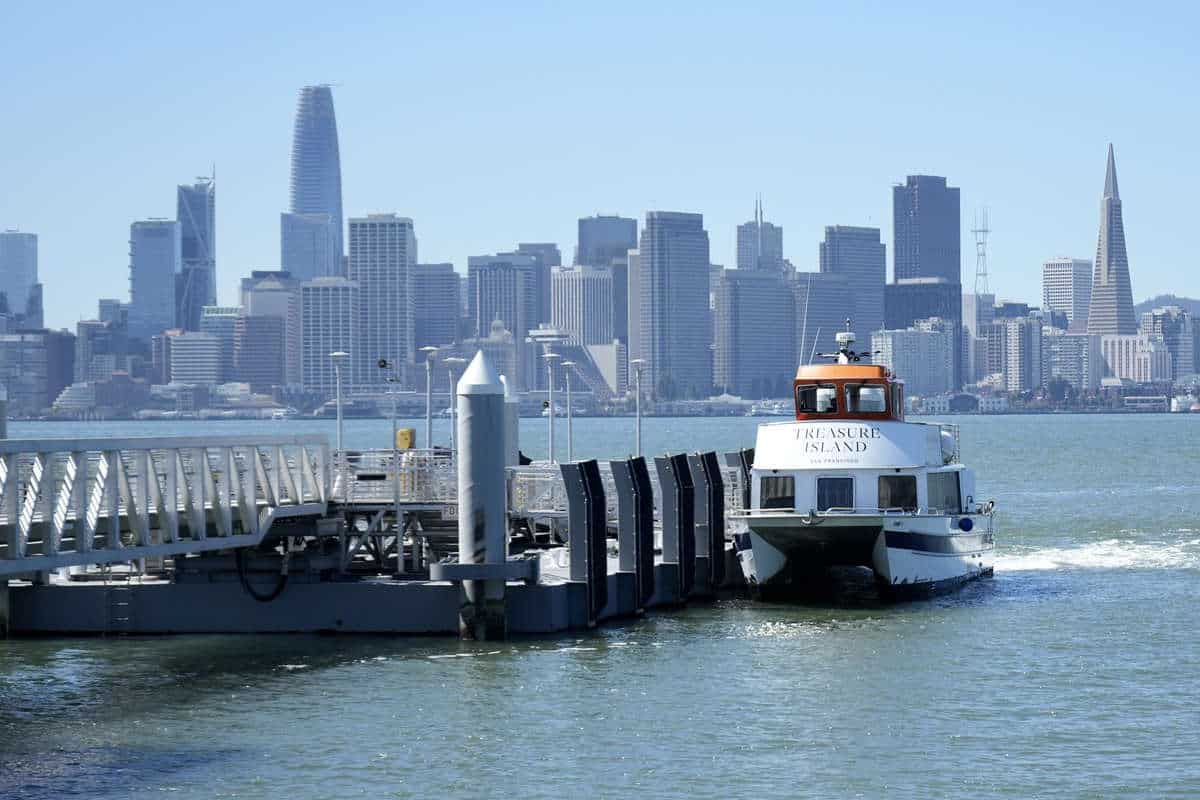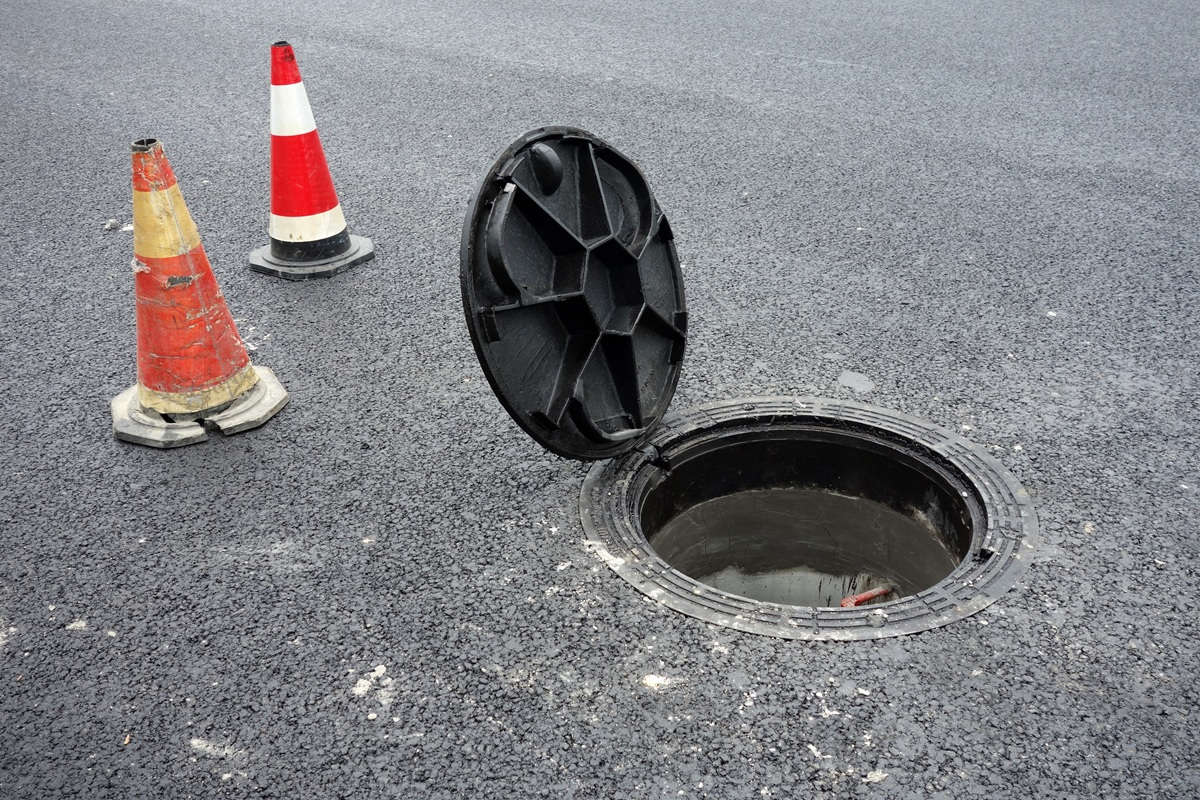Augmented Reality on the Jobsite: How AR Is Transforming Utility Construction

By Ellie Gabel
Precision is the lifeline of utility work — misplace a trench by a few inches, and crews risk seeing utility strikes, service outages or expensive rework. Digital tools such as LiDAR, UAV mapping and 3D design models help close that margin of error. Augmented reality (AR) pushes the industry further by anchoring design data to the physical site in real time.
Supervisors can “see” buried power lines or fiber through the pavement, operators can follow holographic dig limits from inside the cab and inspectors can capture as-built evidence with a glance. For contractors balancing tight rights-of-way, congested corridors and rising safety expectations, AR is quickly becoming an operational control layer rather than a novelty.
What Is Augmented Reality?
AR overlays computer-generated images onto a live view of the field — aligning those images to real-world coordinates so they remain fixed as the viewer moves. Unlike virtual reality (VR), which replaces the real world, or mixed reality (MR), which blends holograms with deeper sensor feedback, AR keeps boots on the ground while adding data to existing surroundings.
Rugged tablets, helmet visors or smart glasses can stream BIM or GIS models to crews — allowing them to point to a vault and view a color-coded maze of live conduits below. Because so much utility infrastructure is hidden, AR’s core value is context — transferring design intent straight to the splice crew, excavator operator or locator.
Key Applications of AR in Utility Construction
AR delivers the greatest value when it plugs into existing workflows, such as BIM, GNSS and machine control, rather than replacing them. Here are the common use cases:
- Underground utility mapping and visualization: Subsurface utility engineering data streams to head-mounted displays, letting crews “see” gas, power or fiber lines early. Colorado DOT ties its 3D utility database to AR views to reduce damage incidents and support machine-guided excavation.
- Real-time equipment guidance: Excavator operators can follow holographic dig boxes, depth targets or pipe centerlines aligned to the bucket tip to eliminate over-digging.
- Remote collaboration: Field technicians share a live AR feed with off-site engineers who annotate fittings, valves or splice points in real time.
- Safety training and hazard identification: Simulated arc-flash boundaries or exclusion zones appear in workers’ lines of sight, turning abstract toolbox talks into spatial lessons.
- Project planning and communication: Municipal workers can publish QR codes that let residents view proposed duct banks or streetscapes on their phones at full scale.
Benefits of AR for Utility Contractors and Operators
Deploying AR across location, excavation and turnover workflows yields gains that compound over time, such as:
- Improved accuracy and reduced rework: Pipefitters using AR platforms can significantly reduce project burn by spotting clashes before fabrication.
- Enhanced safety and compliance: Visualizing buried and overhead hazards lowers strike potential and reinforces one-call markings.
- Better documentation: Geotagged screen captures create instant RFIs and accurate as-builts.
- Reduced anxiety and improved learning: Immersive rehearsals let workers practice tasks without fear of failure — studies show AR reduces stress that can otherwise hamper comprehension and confidence.
- Faster project delivery: Machine guidance paired with AR keeps excavation to design depth and accelerates backfill.
Challenges to AR Adoption
Upfront investment remains the most significant hurdle. Headsets, GNSS receivers and software licenses can rival a midsized survey budget, so estimating teams must map savings against capital costs. The average cost to build an AR app ranges based on complexity, platform choice and features, so developers should take all these things into consideration.
Data fidelity is another constraint — AR accuracy depends on current GIS, BIM and SUE information. If those inputs are stale, overlays drift. Finally, people matter. Veteran operators may resist new hardware, so pilot projects and short, task-based training sessions may ease adoption.
The Future of AR in Utility Construction
Expect AI to merge with AR by automatically labeling fittings or flagging PPE violations. Wearables are shrinking into safety-rated glasses with integrated GNSS and 5G radios, while owners and regulators draft digital-delivery mandates that cite AR as a preferred visualization tool. Contractors investing now will be ready when bid specs require AR-ready as-builts.
Embracing AR for a Safer, Smarter Jobsite
Augmented reality turns buried utilities and complex procedures into visible, actionable data. Contractors that weave AR into their projects stand to lower risk, accelerate schedules and build more confident crews. As hardware prices fall and data pipelines mature, AR is set to move from pilot projects to everyday practice — helping the industry to dig smarter, not harder.
Ellie Gabel is a freelance writer who specializes in covering the latest innovations in science and technology for an audience of industrial professionals. She is also the associate editor at Revolutionized.com.
RELATED: Ensuring Long-Term Durability of Underground Structures




